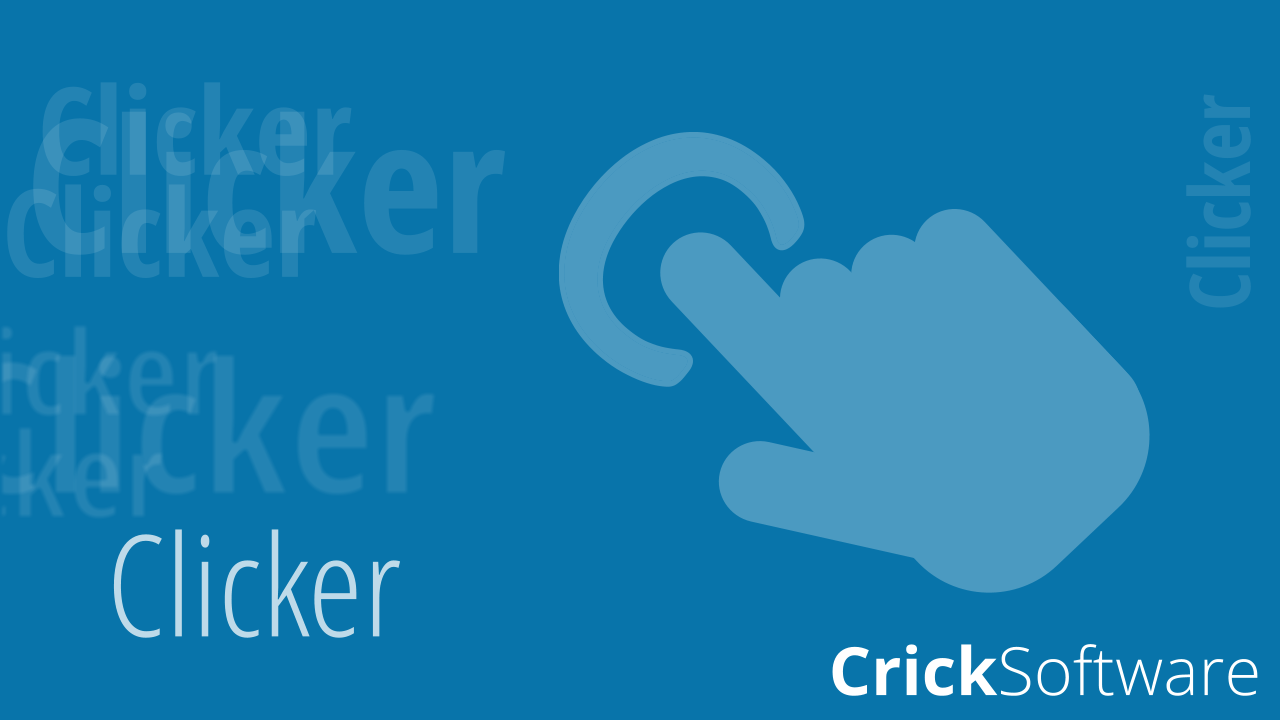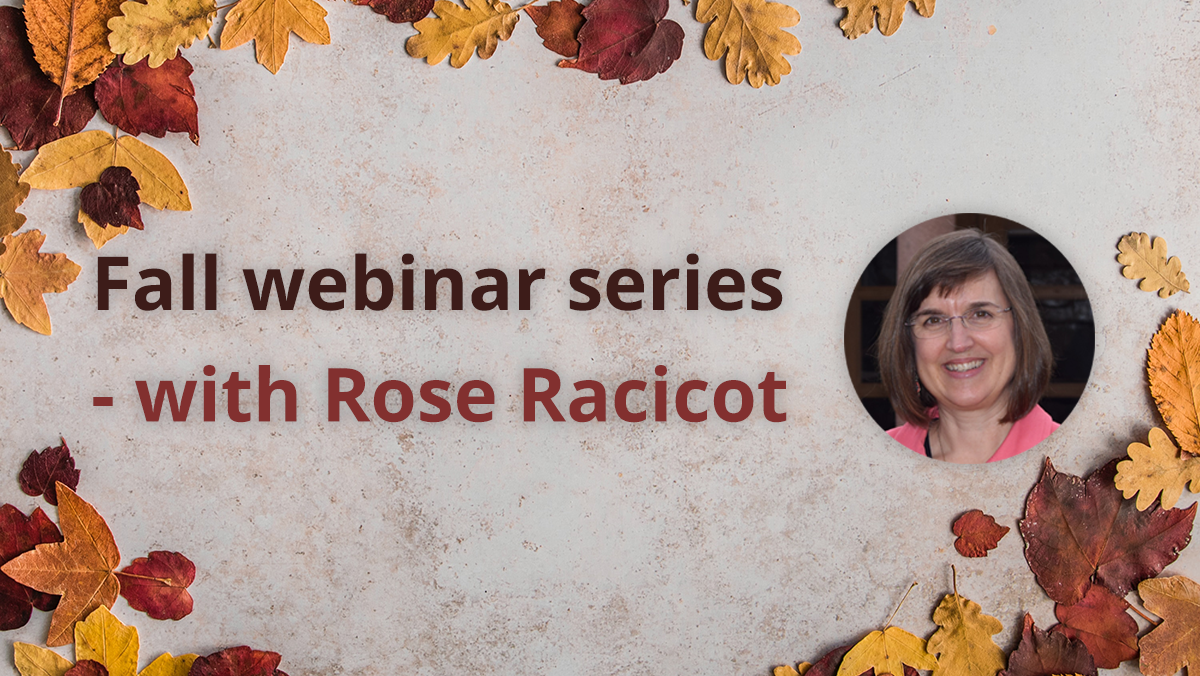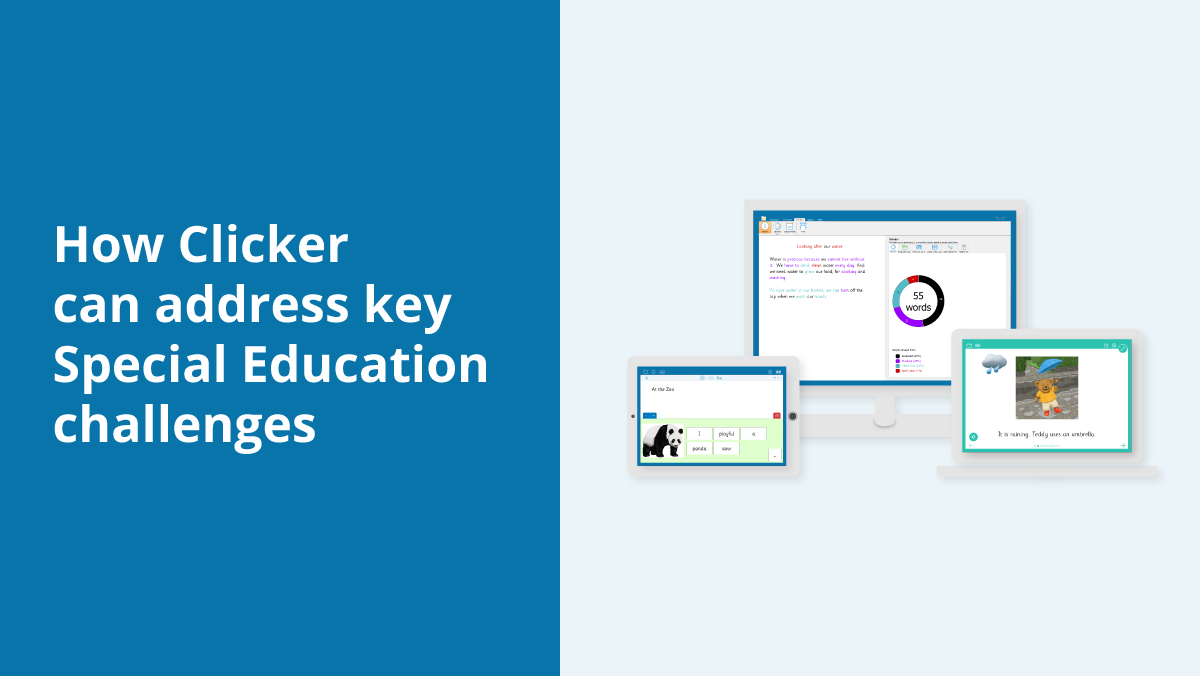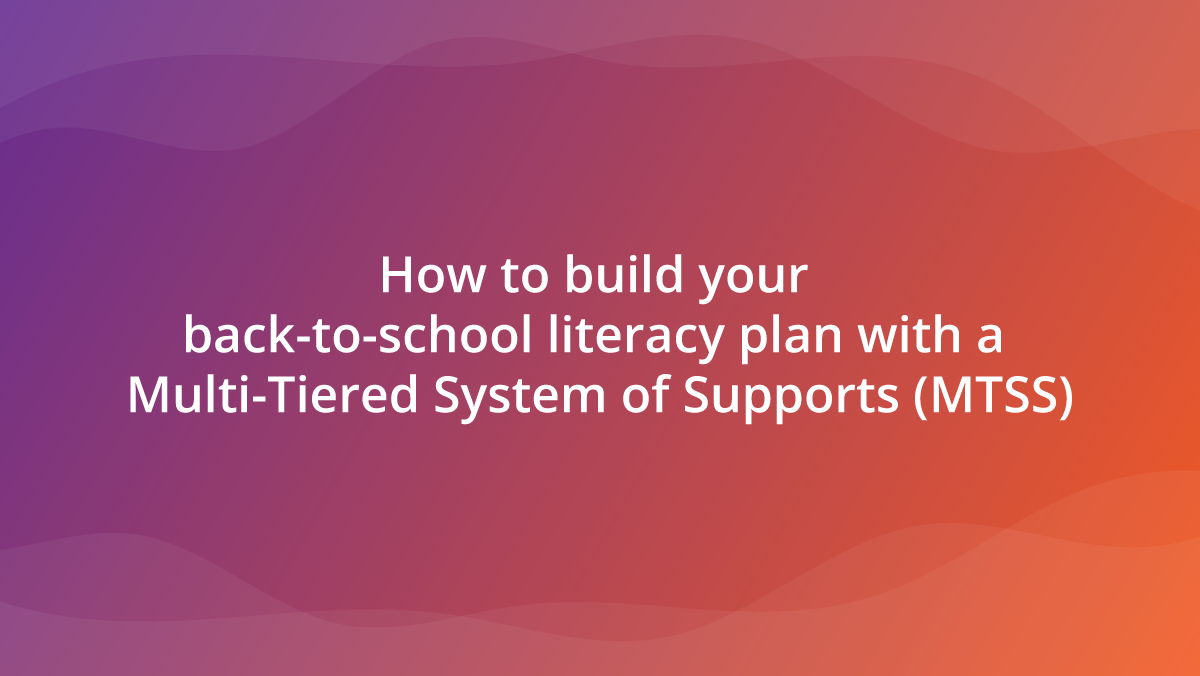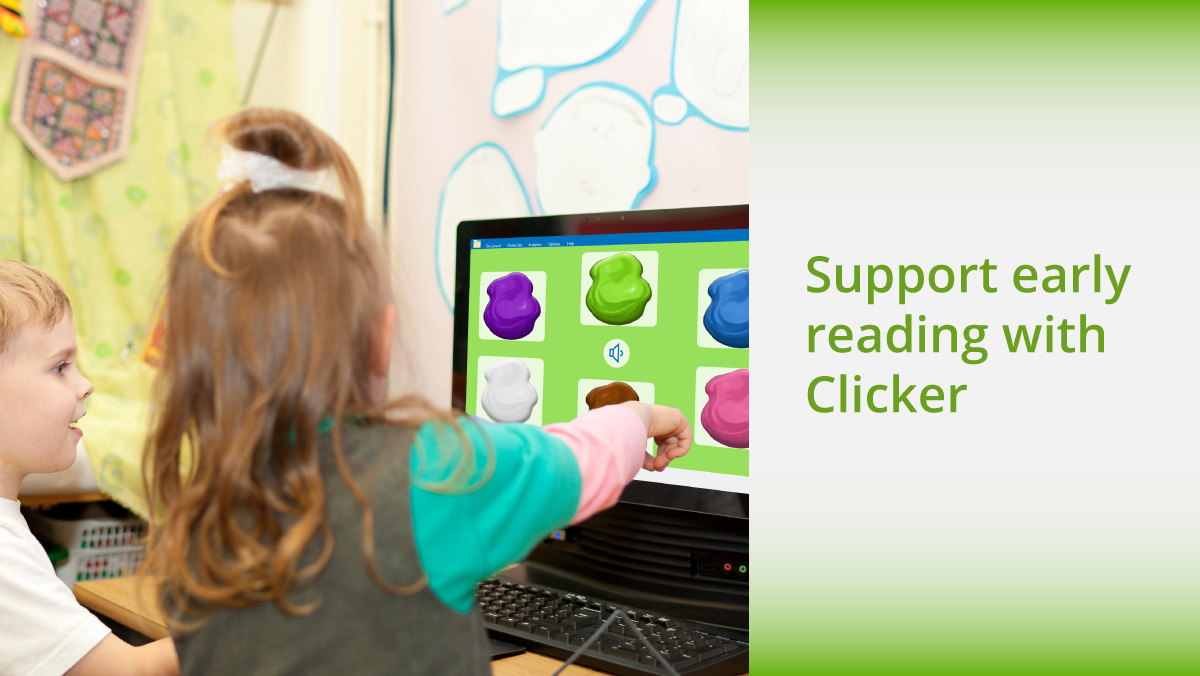There has been a (much–needed) focus on developing early language skills recently. Through my research, I discovered that experts are talking about the power of nursery rhymes. Did you know that a child who knows eight nursery rhymes in their early years will be among the higher achievers in reading and spelling when they are eight years old? This inspired us to create nursery rhyme resources for LearningGrids! Let’s look at how the new Itsy Bitsy Spider sets could help your learners.
Reading a short nursery rhyme gives children a bite-sized activity that can offer even the reluctant reader a sense of success. The repetition and patterns in language help children to hear the phonemes and syllables in words, building the foundations for reading and spelling. In The Itsy Bitsy Spider - Read a Book, each page focuses on a line of the rhyme with a picture to illustrate the text. The last page shows the sequence of the pictures and the complete rhyme. There is also a button so that children can listen to the full rhyme as they read along.

We have created a range of related resources to encourage children to associate the spoken rhyme with the written words. With The Itsy Bitsy Spider - Make a Book One, children write each line to correspond with the picture on the page. The word banks offer the beginning, middle, and end segments of each line. To support children to explore rhythm, rhyme, and structure of the verse, use the Connect Set - it shows the beginnings and endings of each line, all on one grid.

The Itsy Bitsy Spider Clicker Board helps children recognize that nursery rhymes are short stories and have an order to their events. On the Board, children sequence the lines of the rhyme by moving the text alongside the corresponding picture (or they could drag a line from the text cell to the picture). To create a more challenging task, you can jumble up the picture cells too! Using the microphone, children can add a recording to complete their presentation of the nursery rhyme.
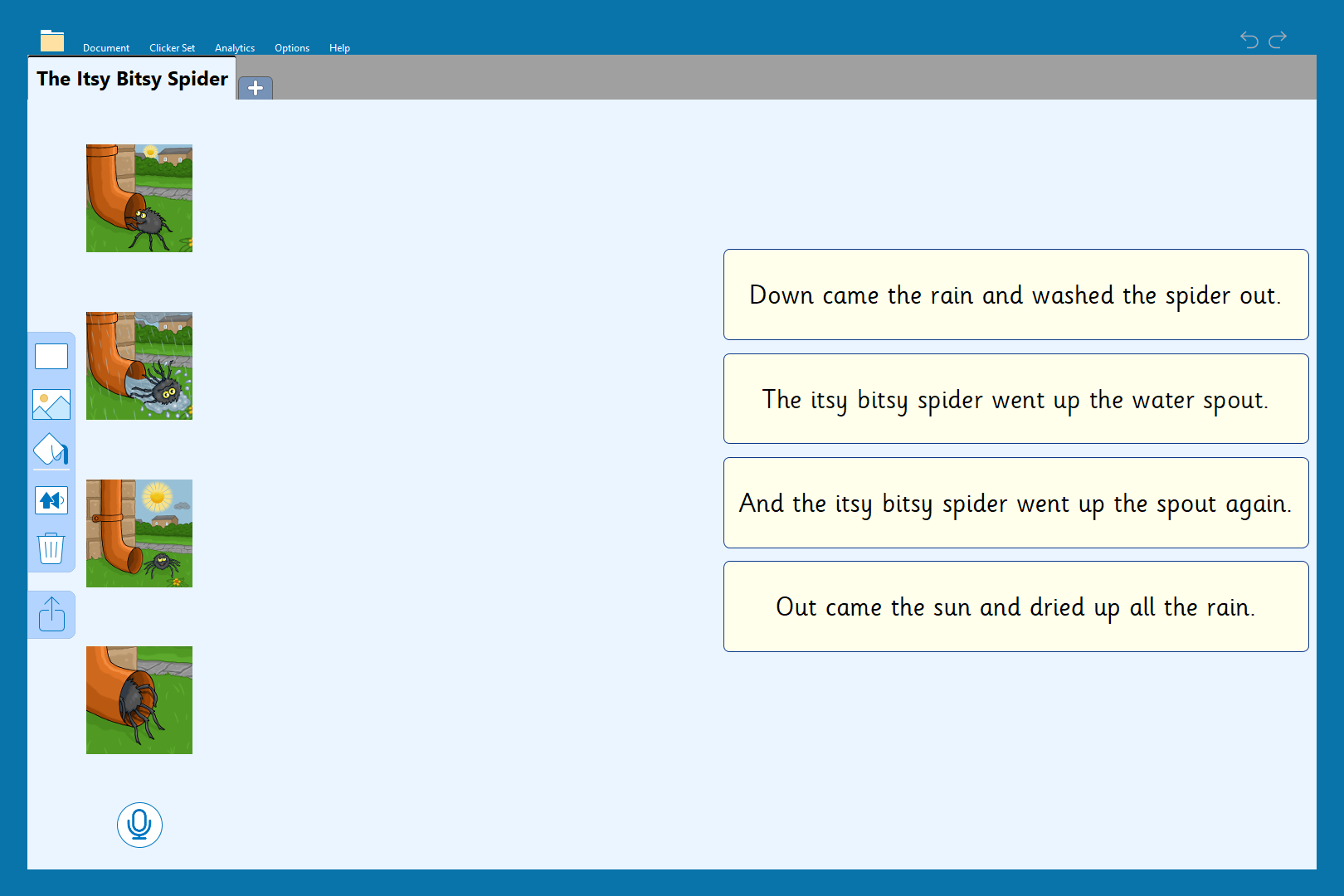
Another fun activity related to nursery rhymes is creating word families or rhyming strings. Using The Itsy Bitsy Spider – Rhyming Strings Talk Set, encourage children to record a string of rhyming words for each of the pictures - these could include real and nonsense words because the focus is on hearing the rhyme, rather than spelling the word. Children will have fun listening back to their own and others’ wordplay!

We hope the Itsy Bitsy Spider and Hey Diddle Diddle resources enhance your learners enjoyment of language and learning. Twinkle Twinkle Little Star, Humpty Dumpty, and The Kookaburra Song rhymes are coming soon to LearningGrids!

